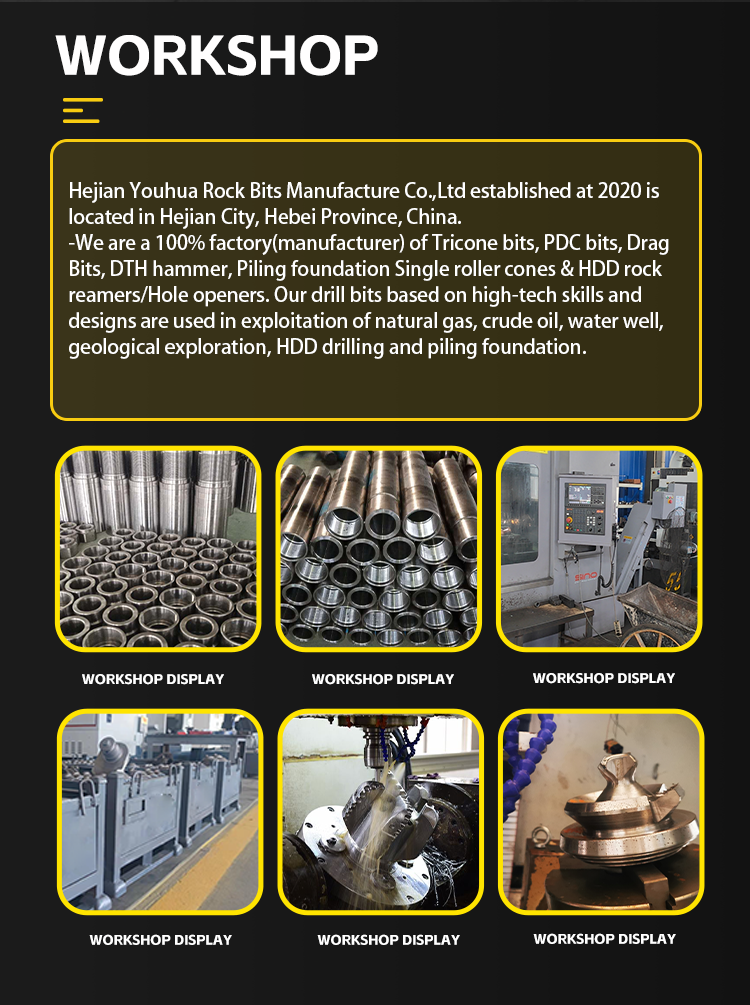Title: Exploring the Art of Milling Machinery Manufacturing: A Comprehensive Guide to Metalworking Experts
Milling machines are an essential tool for metalworking experts, and understanding how to manufacture them is crucial. This comprehensive guide explores the art of milling machine manufacturing, from the initial design to final assembly. It covers various aspects of milling machine manufacturing, including materials selection, tooling design, machining techniques, and quality control. The guide also provides step-by-step instructions on how to assemble a milling machine, along with tips and tricks for optimizing production efficiency. Whether you are a novice or an experienced metalworker, this guide will provide valuable insights into the complex world of milling machine manufacturing. By understanding the principles behind milling machine manufacturing, you can improve your skills as a metalworker and produce high-quality products with precision and accuracy. So, whether you're working in a factory or running your own business, this guide is a must-read for anyone interested in milling machine manufacturing.
In today's industrial landscape, precision and efficiency are key drivers for success. This is especially true in the manufacturing sector, where technological advancements have led to increased productivity and output. Among the many machines used in the manufacturing process, the milling machine has become a staple tool for various industries. Its ability to perform complex tasks with high accuracy makes it a valuable asset in any production line. This article aims to shed light on the intricate world of milling machinery manufacturing by exploring the art of metalworking experts.
At its core, the milling machine is a versatile piece of equipment that can perform a wide range of functions. It can be used for cutting, drilling, grinding, and shaping various materials such as metal, wood, and stone. The process of creating a milling machine is a complex one that involves several steps, from designing the machine to testing its functionality. This article will delve into each step of the milling machine manufacturing process, highlighting the expertise required from metalworking experts.

Designing the Milling Machine
The design phase is where creativity meets engineering principles. It is here that metalworking experts use advanced computer-aided design (CAD) software to create detailed 3D models of the milling machine. These models are then used to create prototypes, which are tested and refined until they meet the desired specifications. The design process requires a deep understanding of mechanical engineering, material science, and mathematics, making it a demanding challenge for metalworking experts.
Creating the Milling Machine Body
Once the design is finalized, the next step is to create the milling machine body. This involves selecting the appropriate material for the machine body, which could be steel, aluminum, or other metals depending on the application. The metalworking expert must work closely with the material supplier to ensure that the selected material meets the necessary quality standards. After selecting the material, the expert uses specialized welding techniques to assemble the body of the milling machine. The attention to detail required at this stage is essential to ensure that the final product is robust and durable.
Installing Precision Components
The milling machine is composed of several precision components such as motors, gears, spindles, and bearings. These components must be installed accurately to ensure that the machine operates smoothly and efficiently. Metalworking experts must have a thorough understanding of these components and their function to install them correctly. They must also adhere to strict quality control measures during installation to ensure that the final product meets safety standards.
Calibrating and Testing the Milling Machine

After installing the precision components, the next step is to calibrate and test the milling machine. This process involves setting specific parameters such as speed, feed rate, and depth of cut based on the material being machined. The metalworking expert must also conduct stress tests on the machine to ensure that it can withstand heavy loads without failure. The calibration and testing process require a high level of technical expertise and attention to detail.
Maintaining and Repairing Milling Machines
Once a milling machine has been manufactured and put into use, regular maintenance and repair are crucial to ensure its optimal performance. Metalworking experts must have a thorough understanding of how each component works and how it can fail. They must also possess advanced troubleshooting skills to identify problems quickly and resolve them efficiently. Regular maintenance not only prolongs the life of the milling machine but also ensures that it operates safely and effectively.
Conclusion
In conclusion, milling machinery manufacturing is a highly specialized field that requires extensive knowledge and expertise from metalworking experts. From designing the machine to maintaining it after use, every stage of the process demands careful consideration and meticulous execution. As technology continues to advance, so does the demand for precision machines like milling machines. By understanding the complexity of this industry and working closely with metalworking experts, businesses can stay competitive in an ever-changing market.
Articles related to the knowledge points of this article:
Nanjing Hardware Manufacturers: A Look into Their Production Process
Tea Garden and the Five Hardware Manufacturers
Custom Hardware Manufacturers in Jiaxing
Title: A Comprehensive Guide to Major Hardware Manufacturers in Meizhou



